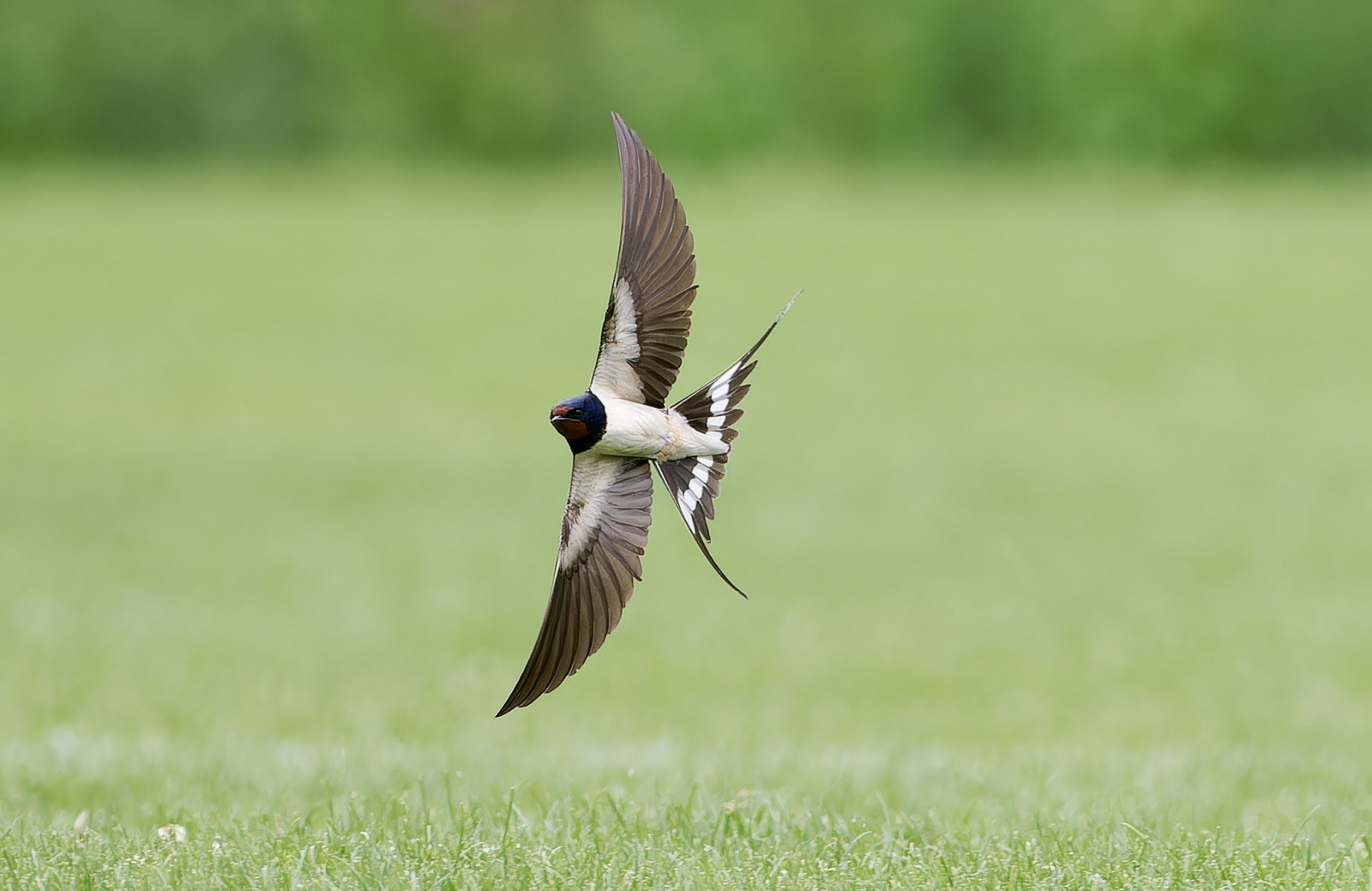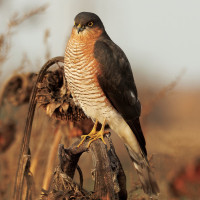Opis
During March and April bocian biały return to the lower valley of the Allier river. Upon its return from Spain or Africa, this migratory bird reclaims the nest it occupied during previous seasons. In June, during haymaking, it is not unusual to see a dozen storks feeding behind the harvesters. In August or September the birds leave, taking advantage of warm days to migrate.
_________________________
Français: C’est en mars / avril que reviennent les cigognes blanches dans la basse vallée de l’Allier. Dès son retour d’Espagne ou d’Afrique, ce grand migrateur reprend possession du nid occupé les saisons précédentes. En juin, à la saison des foins, il n’est pas rare d’observer une dizaine de cigognes se nourrissant derrière la faucheuse. Ce grand échassier nous quitte en août profitant des dernières journées de chaleur pour migrer en Afrique. Le site de Mars-sur-Allier accueille une dizaine de couples nicheurs chaque année.
Szczegóły
Dostęp
This 3 km trail is leaving from the Romanesque church of Mars-sur-Allier. Parking at the foot of the church. Click on the P in the map for directions. From the parking follow the signs towards the path "Le Crot Noir".
_________________________
Français: Longueur : 3 km en partant de l’église romane de Mars-sur-Allier. Départ du sentier : Parking au pied de l’église Romane de Mars-sur-Allier. Suivre les bornes directionnelles en direction du chemin « Le Crot Noir ».



